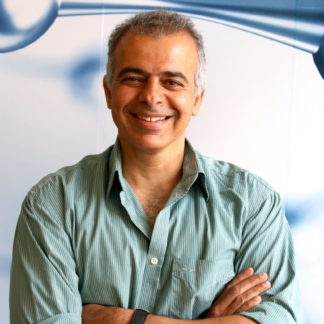In a very similar way to what happened in the recent past with nanotechnology, several countries around the world are developing their “quantum initiatives”, that is, integrated R&D programs to make a qualitative leap in the area of Quantum Technologies, one of the strategic research themes. at CNPEM. And in several aspects of Quantum Technologies, advances in nanotechnology become increasingly necessary, as they allow increasingly fine control of matter. In many cases, we need to control matter, not at the atomic scale, but the scale of individual electrons, through its attributes (such as charge and spin), where quantum effects are dominant. The integration of researchers, engineers and technicians with vast experience and available resources for handling and understanding matter, and their interactions at the smallest scales is present at CNPEM and is essential to place Brazil in this new scientific and technological scenario.
LNNANO IS IN A NEW PHASE
Entering a new phase, the Brazilian Nanotechnology National Laboratory, LNNano moved to a new direction in 2021 and reorganized its functional structure into three Divisions (Nanomaterials, Devices and Nanobiotechnology), each with its set of Laboratories. With the resources provided by the FNDCT for the year 2022, it will be possible to make significant, solid and sustainable investments in expanding the capacity to contribute to the various R&D programs of CNPEM.

